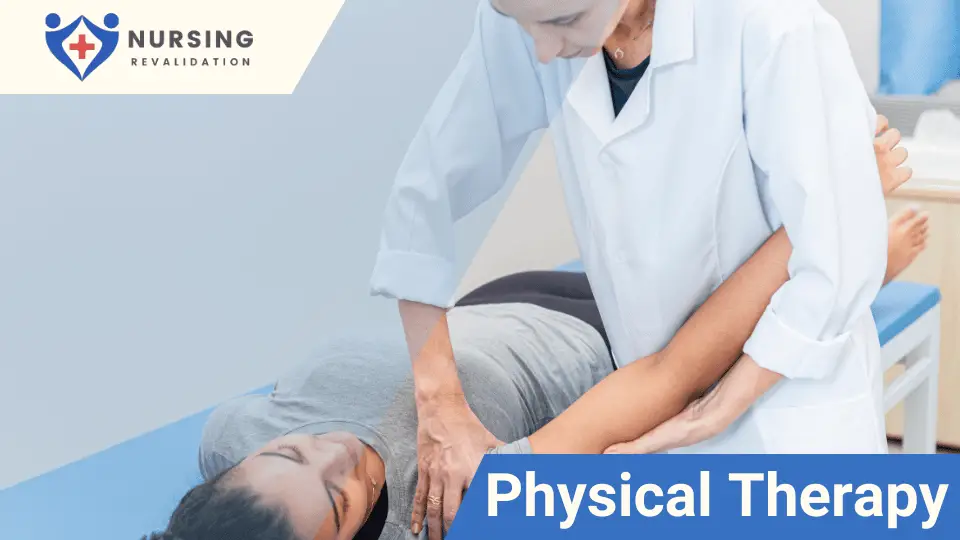Introduction
Physical therapy, also known as physiotherapy, is a branch of healthcare that uses various techniques and exercises to help people recover from injuries or disabilities, manage pain, and improve their physical function and mobility. It is a non-invasive, drug-free, and cost-effective way to treat a wide range of conditions, from sports injuries and joint pain to neurological disorders and stroke.
Benefits of Physical Therapy
Physical therapy offers numerous benefits to patients of all ages and conditions, including:
- Pain Relief: It can help alleviate pain caused by injuries, arthritis, chronic conditions, and surgeries.
- Improved Mobility and Function: It can help improve balance, coordination, strength, and flexibility, making it easier for patients to perform their daily activities and prevent falls.
- Injury Prevention: It can help athletes and people who are physically active to prevent injuries and improve their performance.
- Holistic Approach: It takes a holistic approach to healthcare, focusing on the whole person, not just the injury or the affected body part. It also addresses the underlying causes of the condition, such as poor posture or muscle weakness.

Types of Physical Therapy Techniques
Physical therapy uses a variety of techniques and modalities, depending on the patient’s needs and goals. Here are some of the most common ones:
- Manual Therapy: This technique involves hands-on manipulation of muscles, joints, and soft tissues to reduce pain and improve mobility.
- Therapeutic Exercise: This technique involves specific exercises designed to improve strength, flexibility, endurance, and balance.
- Electrical Stimulation: This technique involves the use of electrical currents to stimulate the muscles and reduce pain.
- Ultrasound: This technique uses high-frequency sound waves to promote healing and reduce inflammation.
- Heat and Cold Therapy: This technique uses heat or cold to alleviate pain, reduce swelling, and improve circulation.
Conditions that can be treated with Physical Therapy
Physical therapy can help treat a wide range of conditions, including:
- Arthritis
- Back pain
- Neck pain
- Joint pain
- Sports injuries
- Stroke
- Parkinson’s disease
- Multiple sclerosis
- Cerebral palsy
- Spinal cord injuries
- Post-surgical rehabilitation
FAQs
Do I need a referral from my doctor to see a physical therapist?
In most cases, you don't need a referral to see a physical therapist. However, some insurance plans may require a referral, so it's best to check with your provider.
How long does a physical therapy session last?
A typical physical therapy session lasts between 30 to 60 minutes, depending on the patient's needs and goals.
Is physical therapy painful?
Physical therapy shouldn't be painful, but some techniques may cause some discomfort or soreness, especially in the beginning. Your physical therapist will adjust the treatment plan to make it as comfortable and effective as possible.
How long does it take to see results from physical therapy?
The duration of physical therapy depends on the condition, the severity of the injury, and the patient's commitment to the treatment plan. Some patients may see results within a few sessions, while others may need several weeks or months of consistent therapy to achieve their goals.
Can physical therapy help me avoid surgery?
In some cases, physical therapy can help patients avoid surgery or delay it. Your physical therapist will work with you to create a customized treatment plan that may include exercises, manual therapy, and other modalities to improve your condition.
Conclusion
Physical therapy is an effective and holistic approach to treating a wide range of conditions, from injuries to chronic pain and disabilities. By using various techniques and exercises, It can help patients manage pain, improve mobility and function, prevent injuries, and achieve their goals. If you’re considering physical therapy, it’s important to find a qualified and experienced physical therapist who can guide you through the process and create a customized treatment plan that suits your needs and goals. With the right support and commitment, It can help you heal and thrive.


